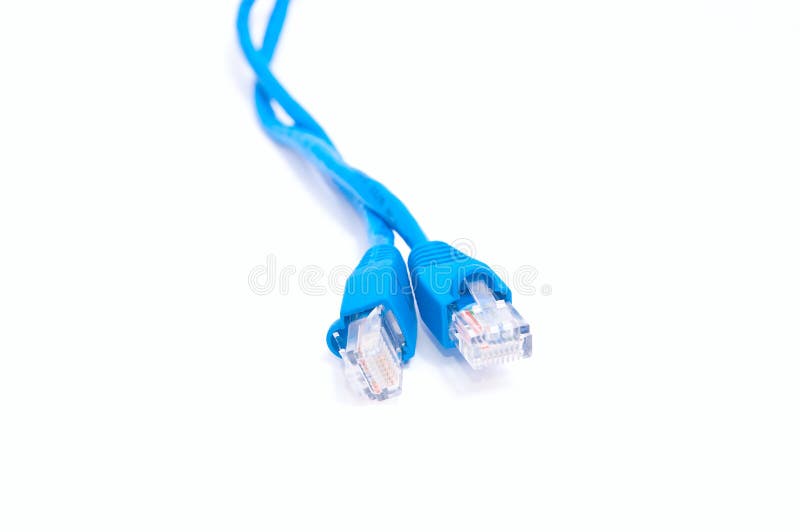

The user base is getting broader all the time as mainstream users get online.You don't get the full benefits of your own bandwidth upgrades immediately - only gradually as the internet and the host servers improve. But if you buy twice as fast a modem, then you don't download web pages twice as fast: the speed of the internet is a function of both the individual user's connectivity and of the infrastructure.

If you buy twice as fast a computer, your software runs twice as fast if you buy twice as large a harddisk, you can store twice as many files.
#Cableone bandwidth install#
Telecoms companies are conservative: they need to dig up streets and install equipment in hundreds of thousands of central offices so they think twice (or thrice) before investing the necessary billions of dollars.As shown in the table, bandwidth will remain the gating factor in the experienced quality of using the internet medium.Īverage bandwidth increases slowly for three reasons: Moore's law says that computers double in capabilities every 18 months, which corresponds to about 60% annual growth. Unfortunately, comparing the two laws shows that bandwidth grows slower than computer power. Nielsen's law is similar to the more established Moore's law.

(The y-axis has a logarithmic scale: thus, a straight line in the diagram represents exponential growth by a constant percentage every year). It is amazing how closely the empirical data fits the exponential growth curve for the 50% annualized growth stated by Nielsen's law. The dots in the diagram show the various speeds with which I have connected to the net, from an early acoustic 300 bps modem in 1984 to an ISDN line when I first wrote this article (and updated to show the 325 Mbps upgrade I got in 2019). A high-end user's connection speed grows by 50% per year.Nielsen's law of internet bandwidth states:


 0 kommentar(er)
0 kommentar(er)
